Double vs triple glazing — are you making a huge mistake fitting one over the other? This is what the glazing pros say
We explain their differences, pros and cons to help you decide
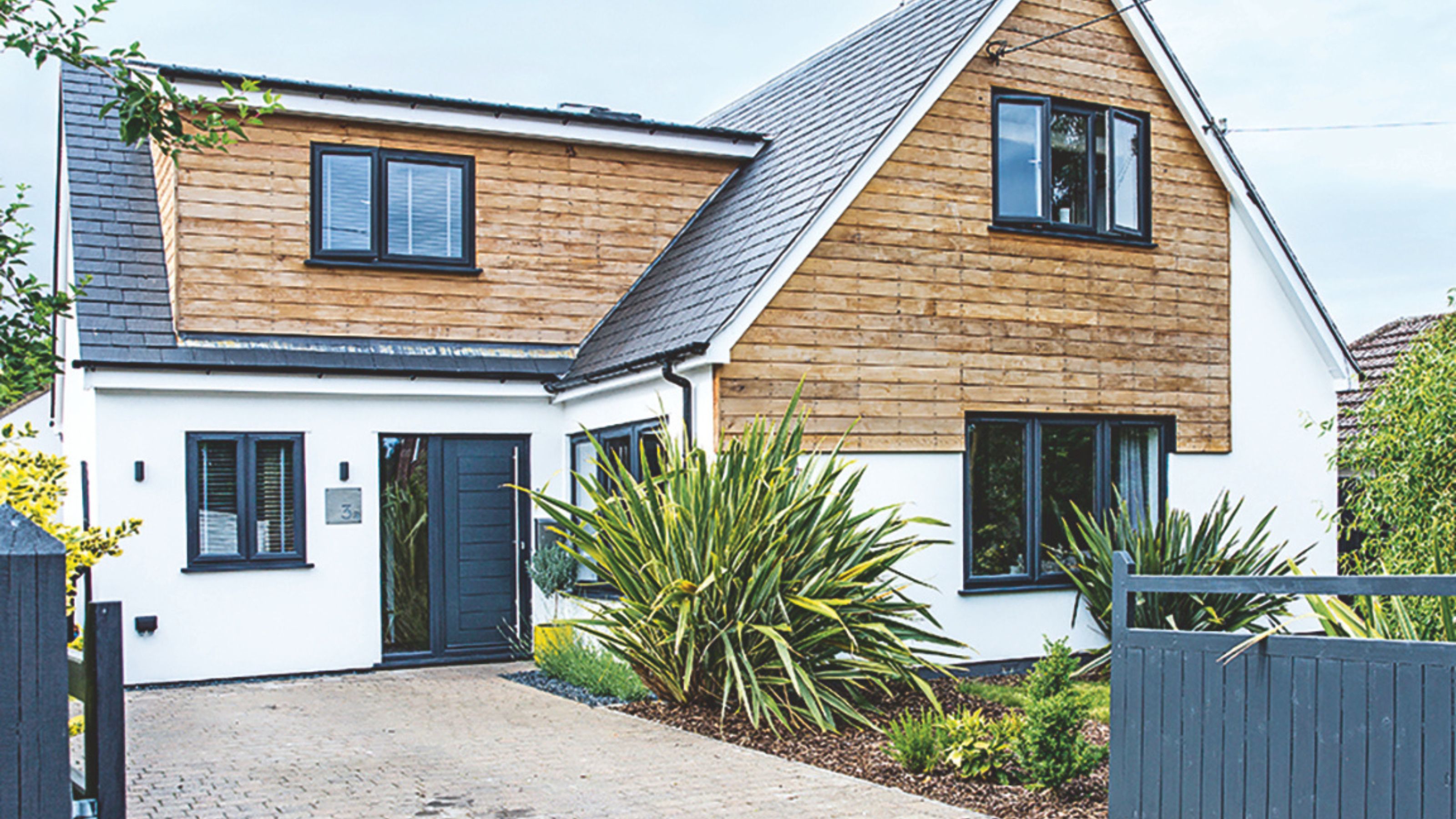

Weighing up the pros and cons in the double vs triple glazing debate is a common comparison many homeowners will look into.
If you have taken on a renovation project, the chances are you will be looking at investing in replacement windows, not only to transform the appearance of your house, but also to upgrade its overall appearance. But what is the best glazing option for your house, your individual needs and budget and is triple glazing actually worth it?
It might be that you are dealing with a property that hasn't seen any improvements for a great many years and still features the original single glazed windows, or perhaps yours is a home with out-of-date and inefficient failed double glazing. Whatever you are dealing with, understanding the differences, cost implications and pros and cons of double vs triple glazing is vital if you want to make the right choice.
What is the difference between double glazing and triple glazing?
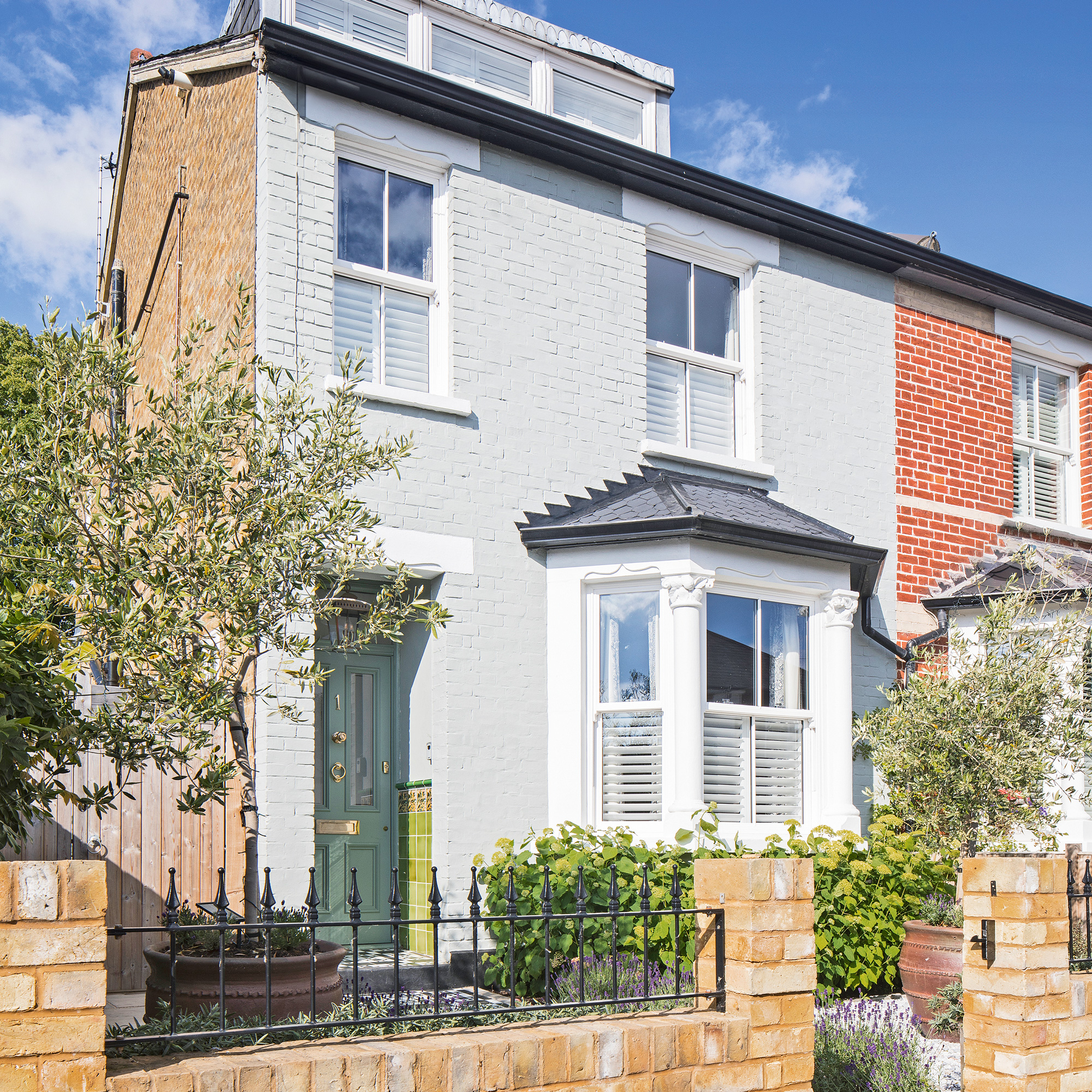
When looking into choosing glazing for your home, best place to start is by looking at how double and triple glazing differ.
This is actually pretty simple. At a basic level, while double glazing is made up of two panes of glass fixed within a sealed frame, triple glazing is made up of three. With each type of glazing, there is a pocket of air or an inert gas (often argon) – these act as insulators.
In the case of triple glazing, the additional pane of glass is placed between the inside and outside layers of glazing, meaning there are two air locks rather than one.
Is triple glazing better than double glazing?
This is a little bit of a tricky one to answer given that all homeowners will have different requirements (and budgets). In addition, it isn't quite as simple as comparing types of glazing – there are other factors to consider when making your choice.
Sign up to our newsletter for style and decor inspiration, house makeovers, project advice and more.
'When comparing new windows for energy efficiency, there are several factors to consider beyond choosing between double or triple glazing,' explains Joanna O’Loan, knowledge manager at Energy Saving Trust. 'These include the airtightness of the frames, solar gain (how much solar energy the windows allow in) and the insulating properties of the air between the glass panes. To simplify these complex factors, the Window Energy Rating (WER) was created, providing a single rating for overall energy efficiency, ranging from G to A++.
'WER ratings apply to complete windows, not just individual components like the glass. The final WER rating is determined by the combination of glass, frame and other materials. For example, triple-glazed windows use three panes of glass and provide excellent insulation. However, they might have a lower WER than comparable double-glazed windows because the additional glass reduces visible light and solar gain.'
If this has left you feeling a little confused about whether double or triple glazing is the better option, looking at the pros and cons of each can really help.
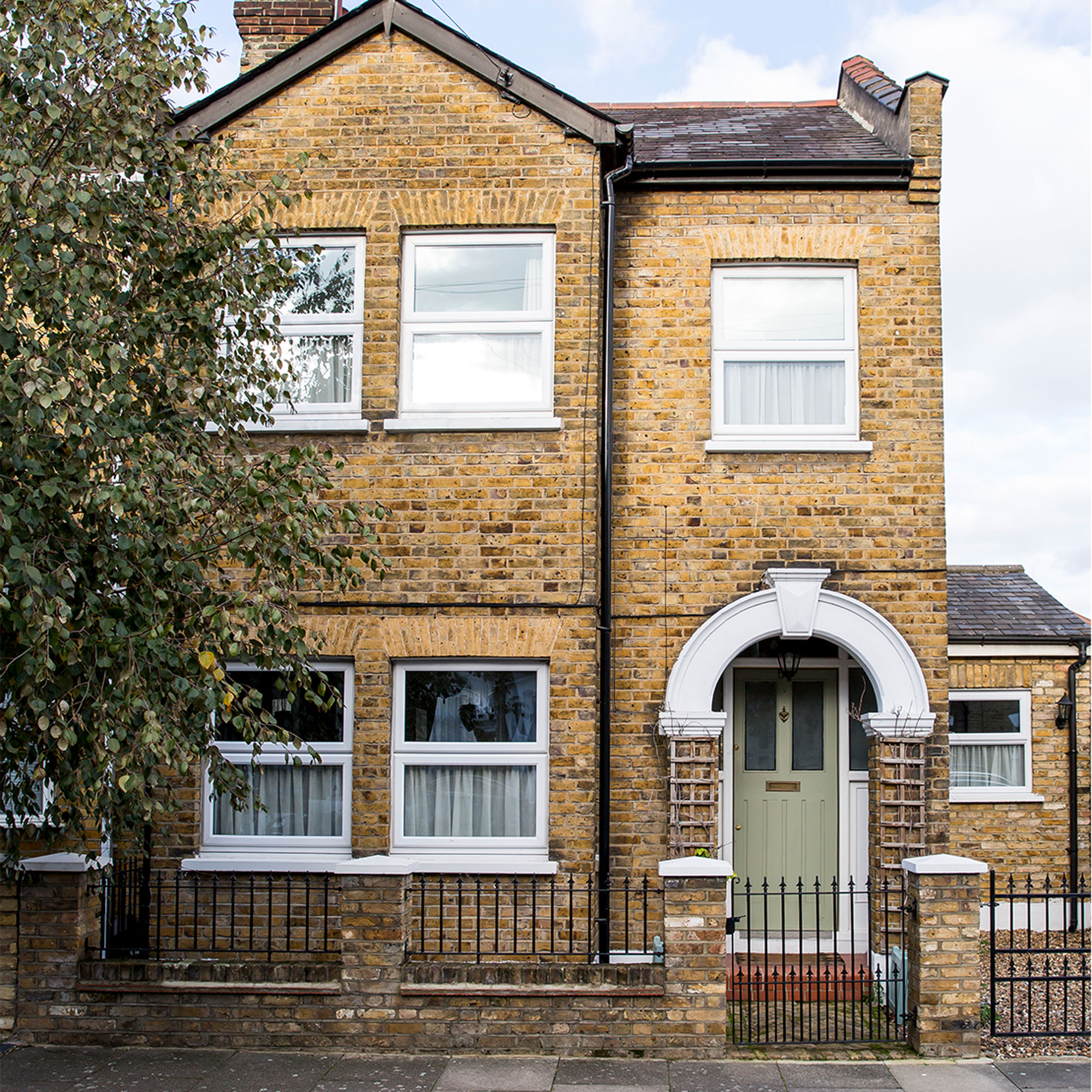
Pros and cons of double glazing
When looking at the pros and cons of both double glazing and triple glazing, it is important to take into account a few other factors, such as frame materials as this too can make a difference to their overall performance. This is definitely something to think about when installing traditional windows for period homes.
That said, no matter what frame material you choose (usually uPVC, aluminium, timber or composite), there are some advantages and disadvantages when it comes to double glazing.
Double glazing pros and cons
Pros of double glazing:
- Cheaper to buy than triple glazing
- More lightweight, meaning slimmer frames and larger openings are possible
- Often less labour intensive to install than triple glazing
- Usually quite sufficient in our increasingly mild environment here in the UK
Cons of double glazing:
- Won't be suitable for those building to Passivhaus standards
- Not quite as thermally efficient as triple glazing
- Less soundproof than triple glazing
- More prone to condensation than triple glazed windows
Pros and cons of triple glazing
Next up let's explore the pros and cons of triple glazing. While there are definite benefits to be had by installing it, this is not the right option for everyone.
Pros of triple glazing:
- Better levels of thermal comfort compared to double
- Superior acoustic performance (perfect if you live on a busy road)
- Less likely to suffer from condensation
- Vital for those aiming for Passivhaus standards
Cons of triple glazing:
- More expensive both to buy and install than double glazing
- The heavier frames required often need additional support
- Need to be installed by an experienced professional to ensure optimum performance
How much warmer is triple glazing than double glazing?
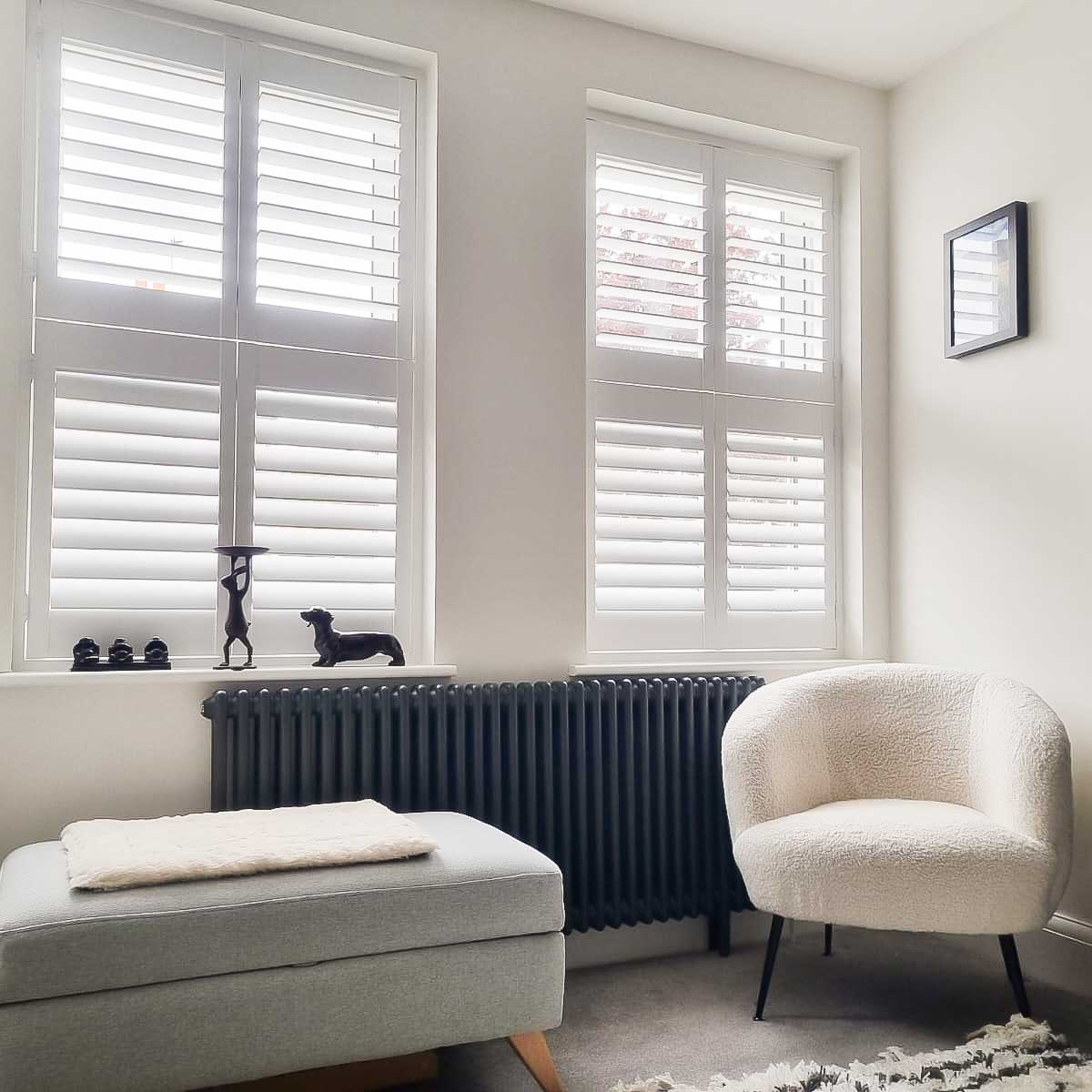
One of the main things people want to know when making this decision is whether or not triple glazed windows will mean their houses feel warmer than double can – particularly with energy prices being so high and utility bills soaring.
It is interesting to note, however, than even making the switch from old single glazing to high-quality double glazing can make the world of difference.
'Installing A-rated double glazing in a single-glazed, gas-heated semi-detached house could save around £140 annually on energy bills and reduce carbon dioxide emissions by 390kg,' says Joanna O'Loan. 'There may also be additional benefits like noise and draught reduction, as well as aesthetic improvements.'
However, triple glazed windows undeniably mean a slightly more comfortable internal temperature.
'They offer better thermal insulation than double glazing,' confirms Edward Stobart, sales manager at architectural glazing specialists IDSystems. 'This helps you to reduce heat loss from the building, which is better for the environment and can in turn mean lower energy bills each month.'
The surface temperature of modern, energy-efficient double glazed windows is around 2°C lower than triple glazing in a room with a temperature of 21°C – something that can help stop condensation on bedroom windows.
Do you still get condensation with triple glazing?
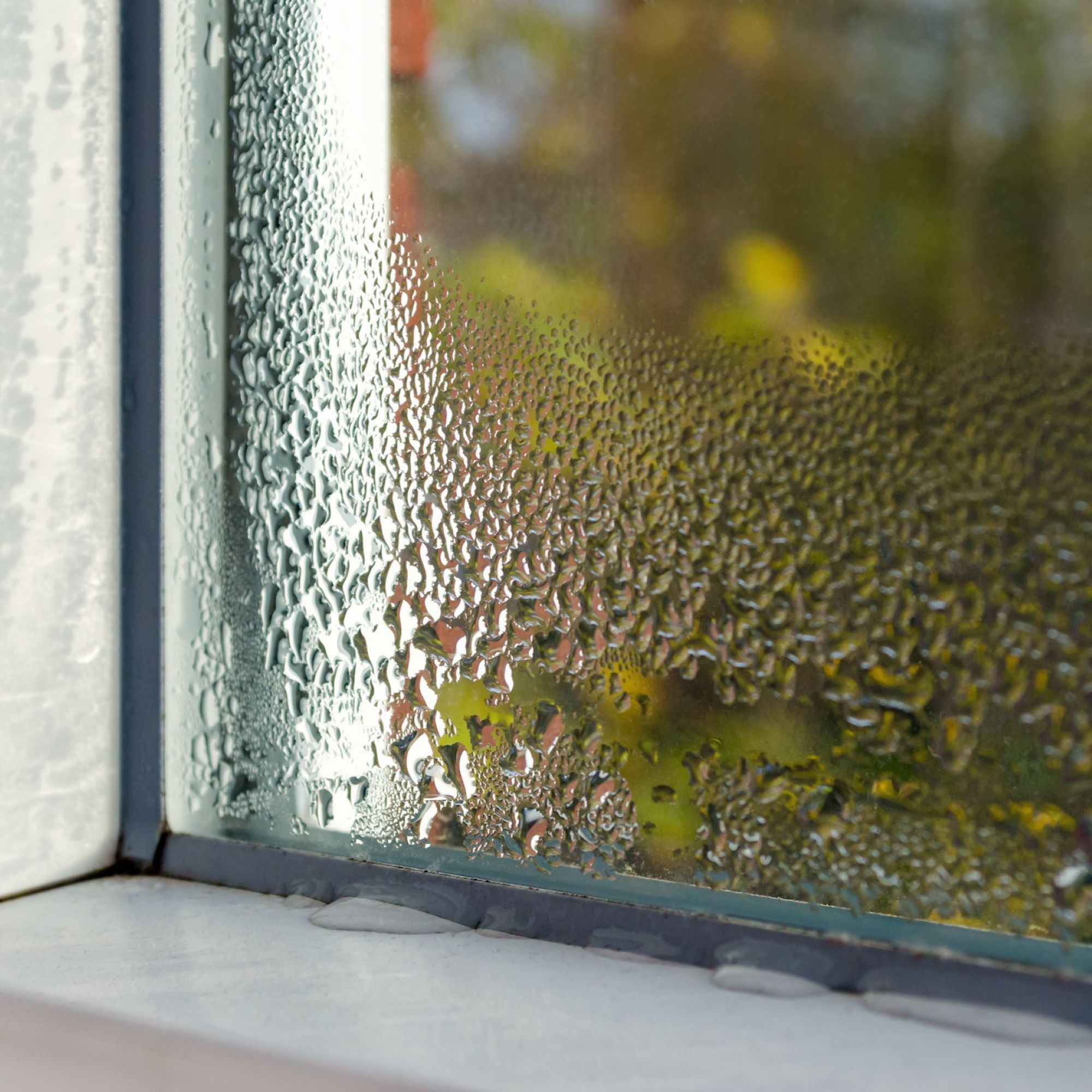
Window condensation occurs when warm air comes into contact with glass that is colder than it is. When this happens, the water vapour contained in the air deposits itself on the glass.
Due to the fact that the surface temperature of triple glazing tends to be slightly warmer than that of double, it is less likely to suffer from condensation – although it should be noted that if the humidity levels in the space are high and the ventilation is poor, condensation might still rear its head.
According to Horizon Windows & Doors, triple glazing 'reduces condensation by up to 70-80% compared to single glazing, and by 30-50% compared to double glazing, as it keeps the interior glass surface warmer.'
Is triple glazing more expensive than double glazing?
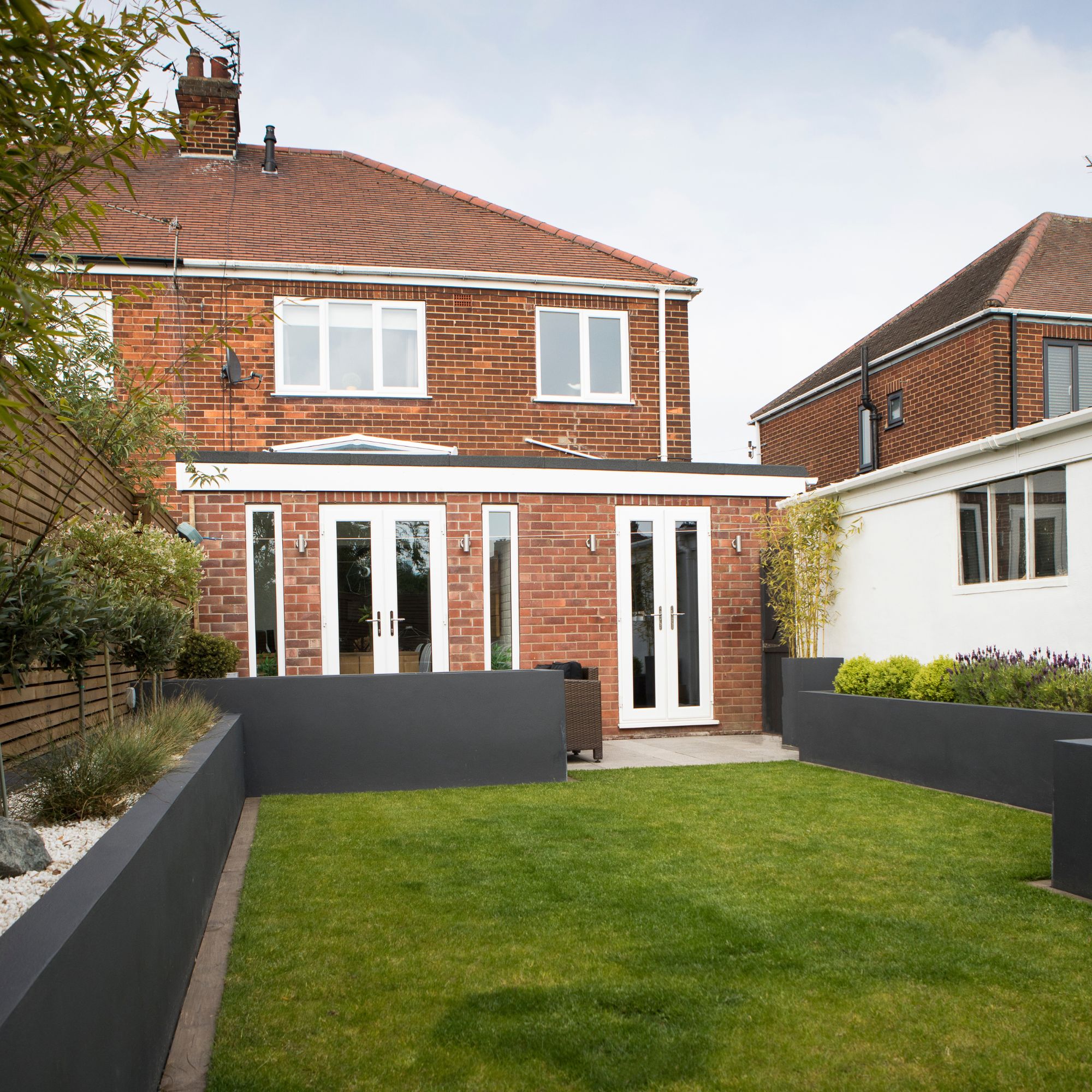
Whether you are looking into how to renovate on a budget or not, you need to know that, without a doubt, triple glazing is more expensive both to buy and install than double glazing.
'Highly rated WER windows can be costly, and if you live in a conservation area or listed building, you may face style restrictions,' begins Joanna O’Loan. 'In such cases, check with your local planning authority.
'Double glazing costs vary widely depending on materials and style, with PVC frames being the most affordable and hardwood frames the most expensive,' continues Joanna. 'A full set of A-rated windows for a semi-detached house typically costs around £15,000. Triple glazing adds weight, requiring thicker frames and stronger hardware, or smaller opening sashes. This can make triple glazing more expensive due to the extra materials and reinforced frames needed.'
According to Checkatrade, there is a difference of £160 per window between double and triple glazing.
How do you choose between double and triple glazing?
When it comes to making the right choice for you and your home, you should weigh up initial costs compared to long term savings as well as how much value triple glazing could add to your property if you plan on selling in the future.
'Here in the UK there are greater savings to be made from insulating a home with triple glazing than there would be in a milder climate in continental Europe,' points out Edward Stobart.
If you plan on moving on and are not so concerned with long-term savings but more in how to add value to your home, double glazing might well suffice, particularly if you opt for those with a good WER rating.
'To improve your home's energy efficiency, choosing windows with a higher WER can help,' explains Joanna O'Loan. 'Window fitters often work with specific suppliers, so it’s worth speaking with multiple installers to find the best options and quotes available.'
It is also important to note that in some cases, homeowners will be required to install triple glazed.
'Depending on your project and the type of glazed doors and windows, triple glazing may be a ‘must-have’ in order to comply with thermal efficiency standards required by Building Regulations,' adds Edward.
FAQs
What other ways can I make my house feel warmer?
While replacing old single glazed windows is one of the best ways to improve not only the thermal efficiency of your home but also its appearance, there are other steps to consider taking.
'If replacing your windows isn't an option right now, there are cheaper ways to improve energy efficiency,' points out Joanna O'Loan. 'Draught-proofing, heavy or thermal-lined curtains and secondary glazing can all help keep your home warmer this winter.'
If you are looking at how to keep your house warm in winter you should also look at upgrading your insulation too. Even smaller measures like adding draught excluder tape, like this from Amazon, or insulating window film, can help your home feel warmer by banishing draughts.
Decided on double glazing? Look into how much does double glazing cost so you know what to budget.

Natasha has been writing about everything homes and interiors related for over 20 years and, in that time, has covered absolutely everything, from knocking down walls and digging up old floors to the latest kitchen and bathroom trends. As well as carrying out the role of Associate Content Editor for Homebuilding & Renovating for many years, she has completely renovated several old houses of her own on a DIY basis.
You must confirm your public display name before commenting
Please logout and then login again, you will then be prompted to enter your display name.